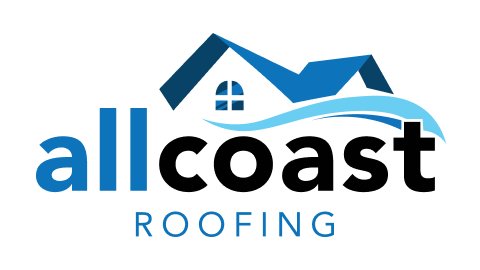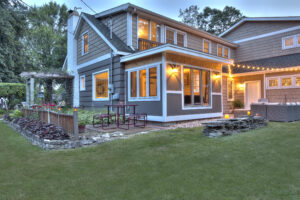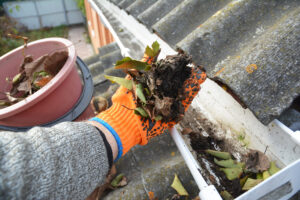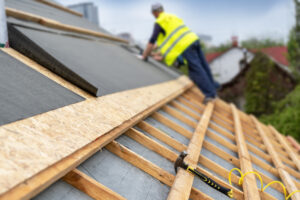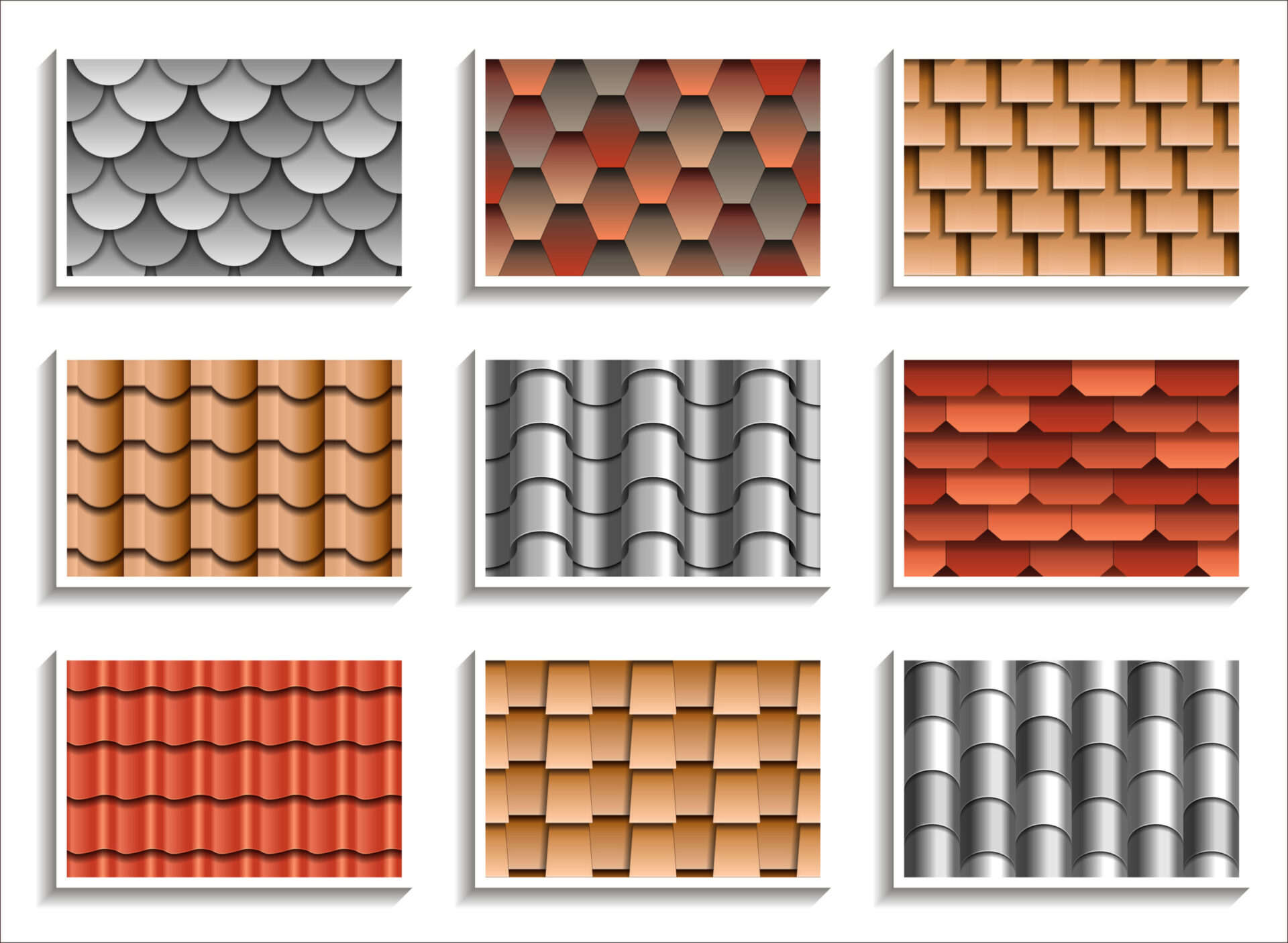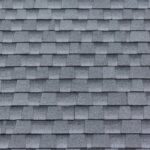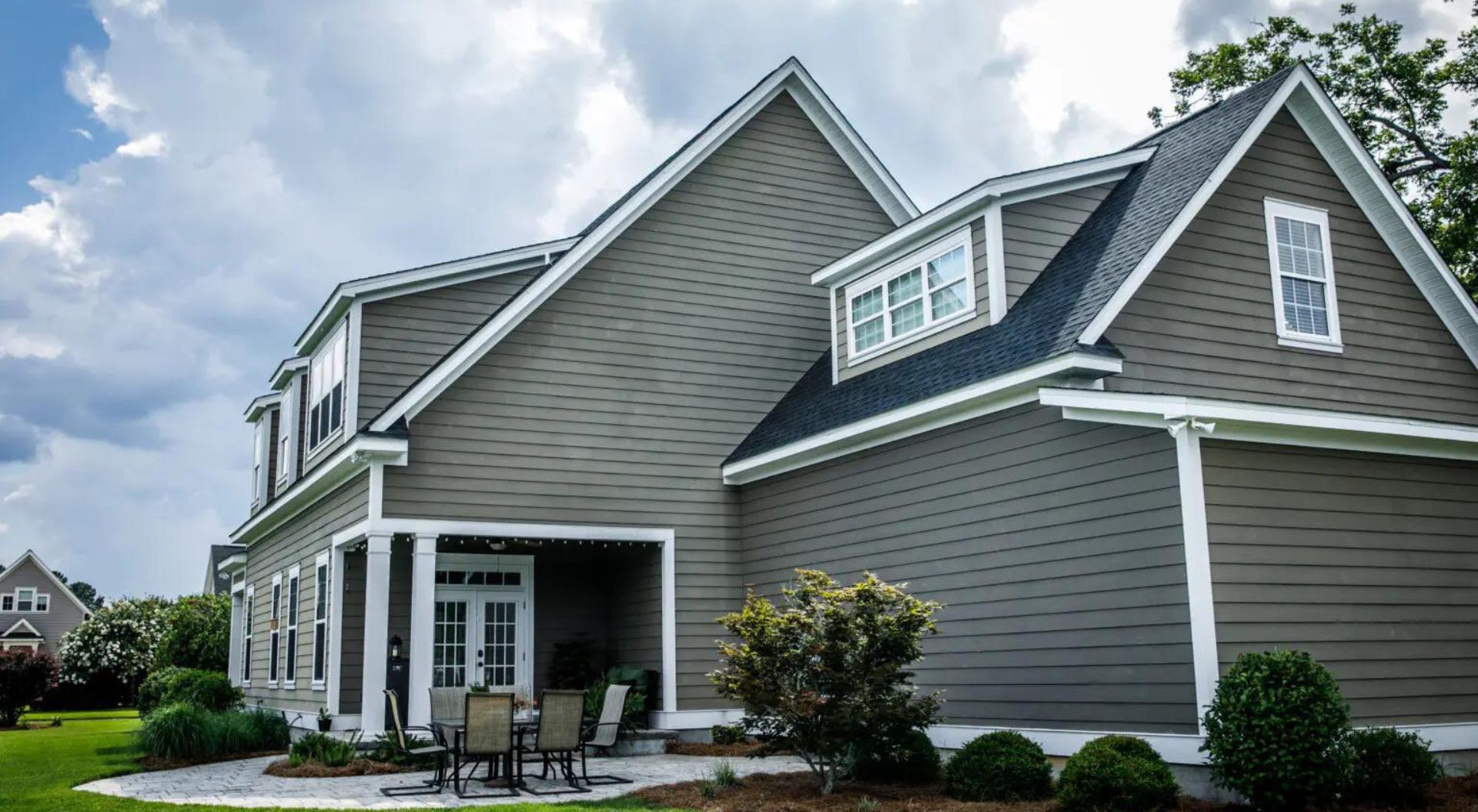
Flat Roof Vs Pitched Roof
What is considered a flat roof compared to a pitched roof?
If you’re a homeowner, or soon to be a one, chances are you’ve been back and forth in deciding from flat roof vs pitched roof.
Don’t worry, and you’re not alone. Many folks out there are also having trouble making this decision, so we’ve decided to break things down and help you find what is best for you and come up with an informed decision. First and foremost, let’s discuss what these two types of roofs are so you would know how to differentiate them from each other. Flat Roofing is as clean-looking Roof as it can get. It is almost leveled but is slightly sloped to avoid buildup on the rooftop. It is also a lower-cost type of roofing, so this would be perfect if you want to use your budget for other areas of your house like materials, renovations, etc.
Unlike Flat Roofs, Pitched Roofing is a roof that has a slope or angle downwards. A pitched roof could be dual pitched or mono-pitched, depending on your preferences. The main idea of Pitched Roofs is to redirect wind and precipitation. Even though the definition of these two types of roofing is clear and concise, we would like to go deeper into it by discussing the pros and cons of each type.
Flat Roof vs. Pitched Roof is a controversial topic as people have different tastes. This way, you’ll be able to pinpoint your priorities, what roofing fits your preference, and what to expect from them. Creating a list of pros and cons is what we deemed the best way to classify the two choices and narrow it down to help you have a smoother decision-making process.

Differences Between a Pitched Roof and Flat Roof
Pros of Flat Roofing
- Easy Installation: the installation process of Flat Roofing takes an average of just one day, which varies on the roofing contractor you have. Still, it is much easier to install than pitch roofing, which takes much longer than a day.
- Easier to Find Contractors: since it is a quicker task, you won’t have trouble finding contractors as they are widely available, especially for Flat Roofing services.
- Repairing would be a breeze: fixing minor roof issues won’t be a problem as you could conveniently walk into it, unlike a high-pitched roof, which requires certain gears if you’re planning to go up the top.
- Walkable: leveled roof surface allows you to walk over it without any problem. This becomes handy when shoving off the debris and other things built up to your Roof.
Cons of Flat Roofing
- Prone to Rain: Roof built-up is something you should be expecting when it comes to flat roofs. The almost leveled slope makes it unideal for draining off rain.
- Maintenance Problems: Although it is easier to repair, the volume of maintenance problems might be something you should look out for since this type of roofing is more prone to minor and sometimes significant damages than pitched roofing.
- Leaking Issues: Lesser runoff tends to create buildup, which then results in more leaking issues.
- Lesser Lifespan: A well-maintained Flat Roofs could last up to 10-20 years, which doesn’t compare to pitched roofs which last a lot longer.
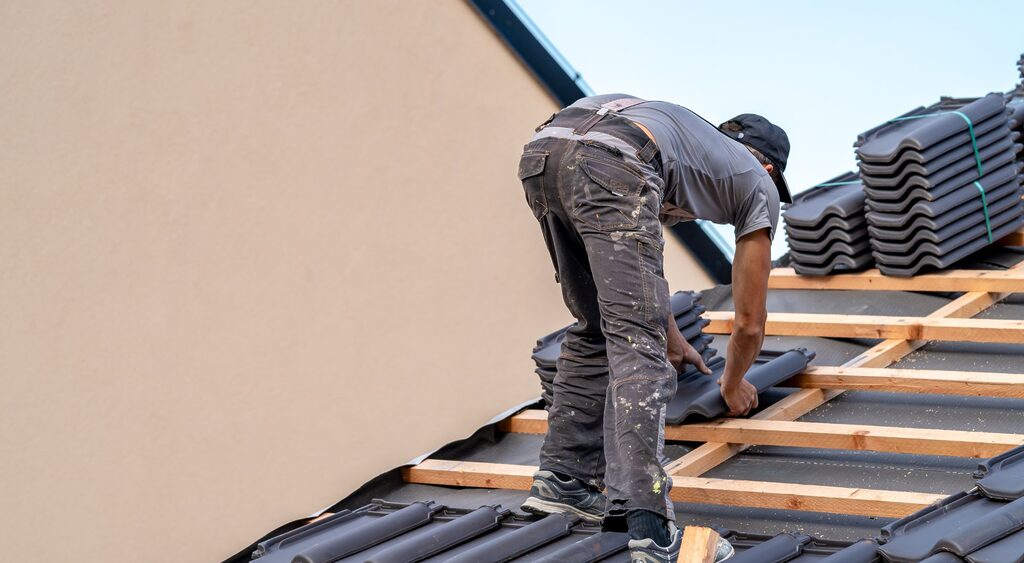
Pros of Pitched Roofing
- Cost-Effective for Energy: The added layer of insulation makes it more cost-effective for energy consumption by eliminating hot air from the roof space in summer and expels cold air during winter.
- Added Style: You certainly have a wide range of choices as the pitched roofs come in all shapes and sizes. There are a lot of roofing material choices to select from, depending on your personal preferences.
- Environmental Protection: Pitched Roofing is more built to withstand environmental factors such as heavy rain and wind, snow, etc. The higher slope ensures proper water drainage to avoid buildup and leaks.
- Longer Lifespan: Pitched Roofs require less maintenance as they are durable and built to withstand time. They are expected to last for up to 100 years which is significantly longer than flat roofings.
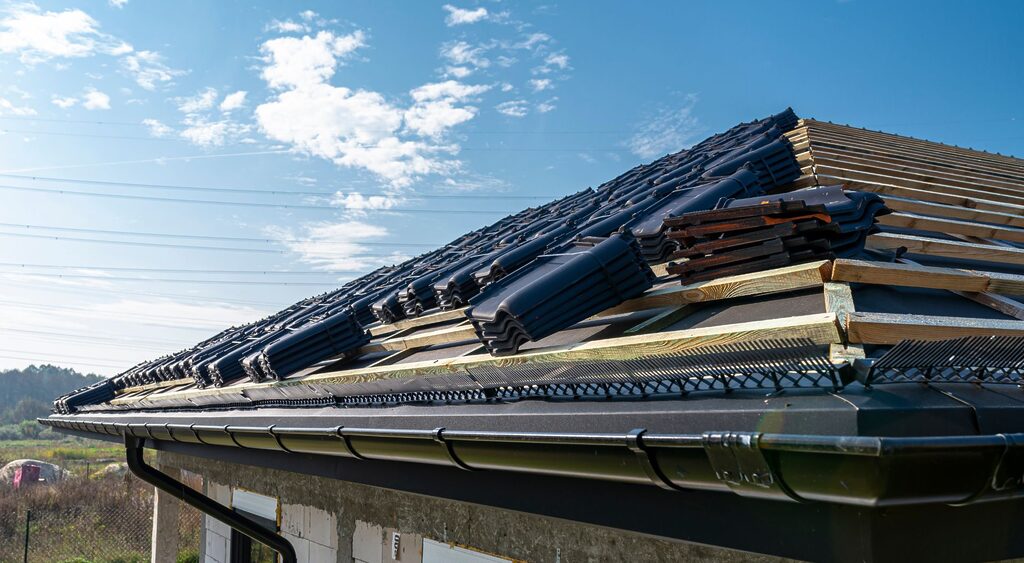
Cons of Pitched Roofing
- High Upfront Cost: If you’re planning to have a tight budget, you might need to reconsider your choices since Pitched Roofing is much more expensive than flats.
- Longer Installment Process: Pitched Roofing requires a much longer time to finish the installment process, unlike Flat Roofing, which usually takes just a day.
- Could Impact Homes Foundation: Pitched Roofing are heavier and cost much more burden to your homes’ foundation. This means that if you have an existing Flat Roofing for your home today, switching to a Pitched Roofing might not be a good idea since you have to consider the built foundation of your house.
